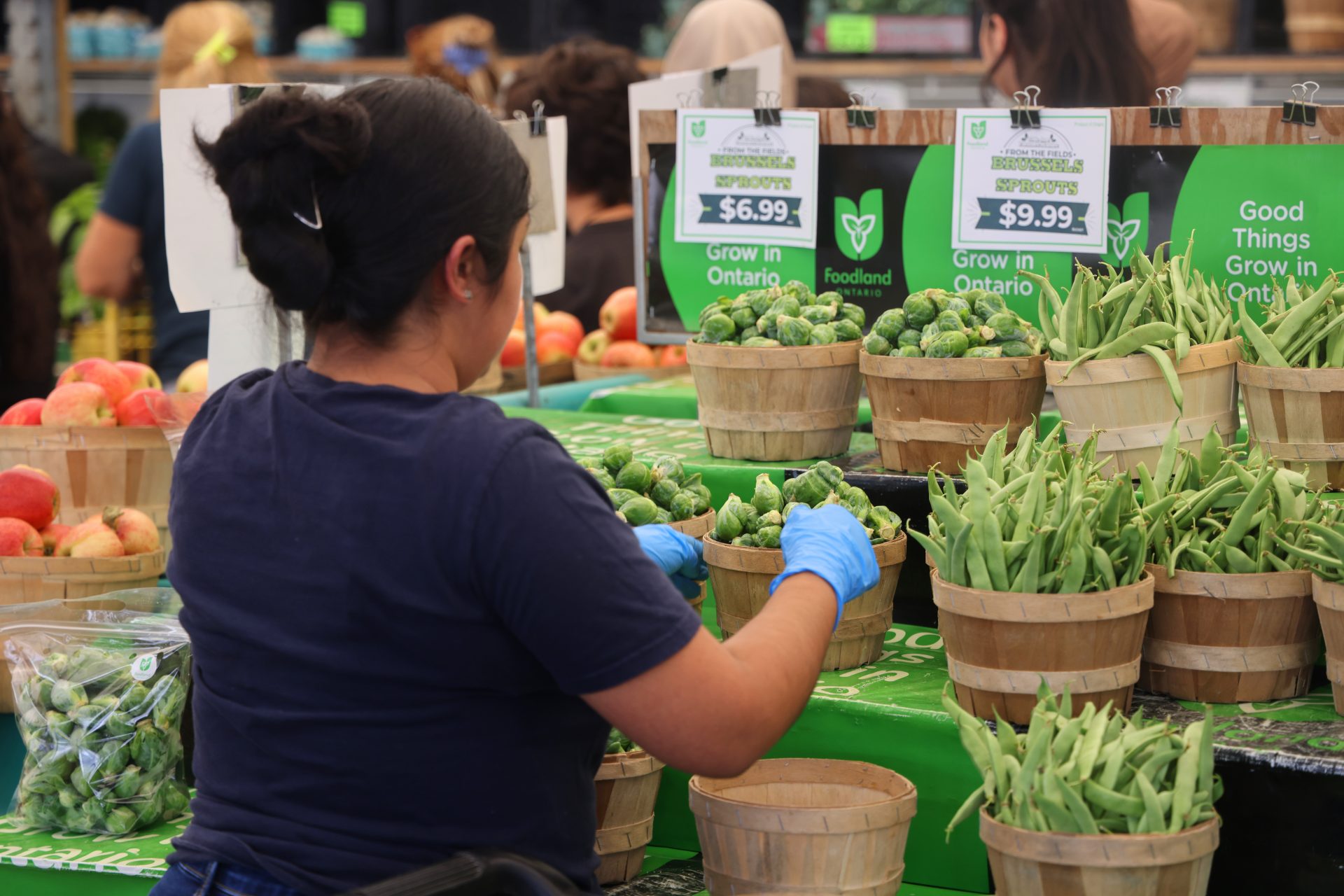Canadians doctors are worried about scurvy as food insecurity grows
Recently, CBC News published an interesting article about the resurgence of scurvy in Canada due to growing food insecurity. Scurvy, a disease we associate with sailors in times long past, is hardly an illness that we think about much about in modern society.
However, as the price of food in Canada has risen, food insecurity means that many Canadians cannot afford to eat a balanced diet, and fresh fruits and vegetables have become a "luxury" that many simply do not have the budget for.
A report published in the Canadian Medical Association Journal (CMAJ) discussed a case study of a 65-year-old woman diagnosed with scurvy at a Toronto hospital last year.
While there isn't much data on the rise of scurvy cases in Canada, the authors of the CMAJ report believe that doctors need to consider the possibility of scurvy, especially among individuals at higher risk for nutrient deficiencies, such as those with low socioeconomic status and isolated older adults.
Dr. Sally Engelhart, the lead author of the study, highlighted the concerning trend and emphasized the need for awareness among physicians. Dr. Englehart told the CBC, "This isn't the first case of scurvy that I've seen in my career so far."
While there is a lack of data on scurvy in Canada, we can look to the United States for some insight. Data from the US shows that scurvy is on the rise. This underscores the need for more comprehensive research and data collection on scurvy in Canada.
According to the results of a study published in the Journal of the American Academy of Orthopaedic Surgeons in July 2024, cases of scurvy in children in the US have tripled since 2016.
Scurvy, a disease caused by a severe lack of vitamin C, is entirely preventable. Its resurgence, linked to food insecurity, serves as a stark reminder of the importance of a balanced diet.
The symptoms of scurvy, which appear after 8-12 days if there is not a sufficient vitamin C intake, include bleeding gums, large bruises, fatigue, and hemorrhages at the base of the hair follicle.
The danger of physicians not considering scurvy when diagnosing patients is that if left untreated, scurvy can eventually cause spontaneous internal bleeding along with the destruction of red blood cells, which leads to death.
The fact that scurvy is now something doctors in Canada must consider and be worried about highlights just how grim Canada's food insecurity has become and how desperate the need for more regulation on the price of groceries is.
More for you
Top Stories
























